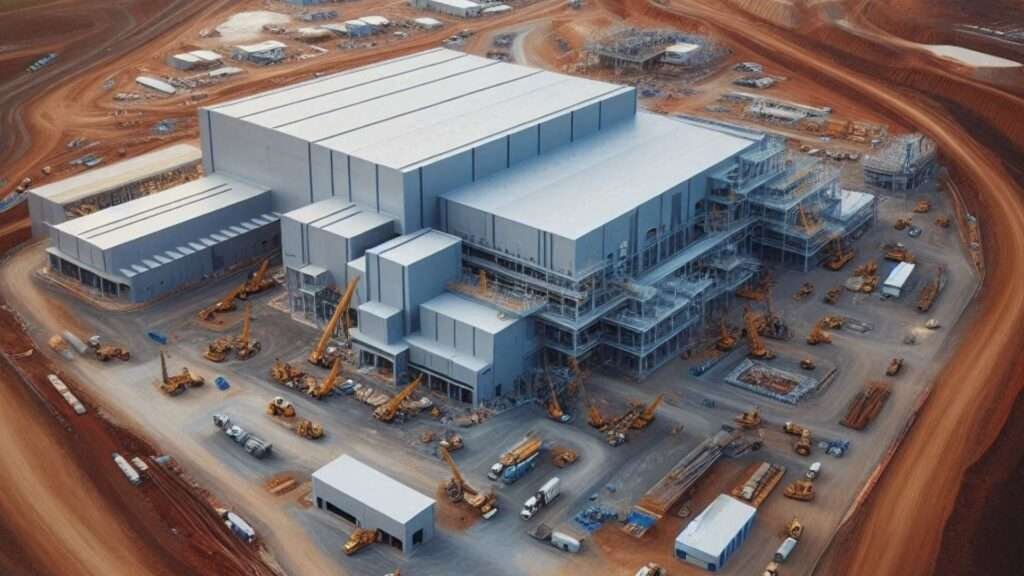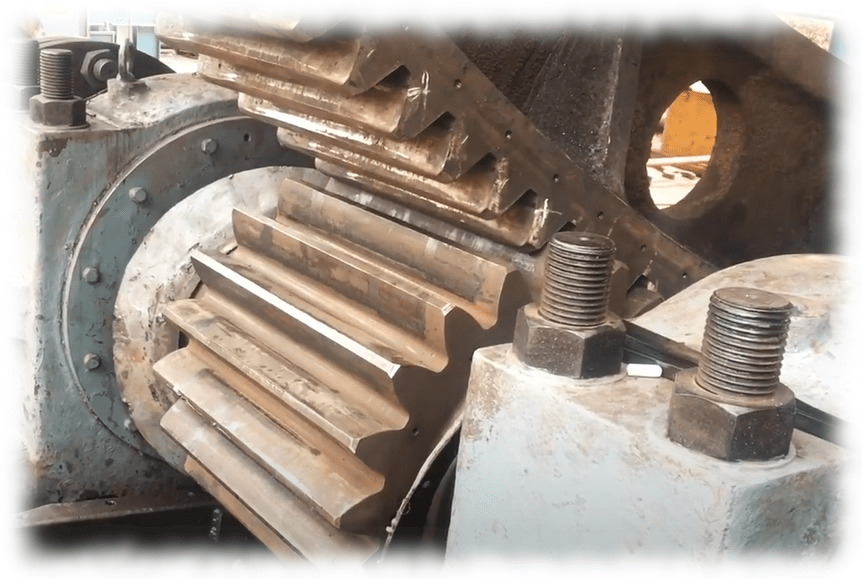Asset Management Auditing
The methodical process of asset management auditing is intended to guarantee that an organization’s assets are managed effectively, adhere to applicable laws, and support overarching business goals.
It consists of several steps, each essential to accomplishing a thorough assessment.
Planning is the first step in the asset management audit process, and it entails establishing the audit’s goals, objectives, and standards.
Auditors work in tandem with leaders of the organisation to pinpoint important areas of attention and comprehend the particular rules and guidelines that apply to the assets under consideration.
Timelines, resource allocation, and the methodologies to be used are all outlined in a well-organized audit plan.
The next crucial stage is data gathering, during which auditors gather pertinent information about the assets, such as their records of acquisition, use, maintenance, and disposal.
After that, this data is carefully examined to find any trends, discrepancies, or areas that need attention.
The accuracy and efficiency of this stage can be greatly improved by utilising advanced data analytics tools, which also offer deeper insights into asset performance and management techniques.
Verifying the location and physical state of assets requires on-site inspections.
In order to make sure the recorded data and the assets match, auditors physically inspect the assets. This step aids in identifying any discrepancies or potential problems that may not be apparent through data analysis alone.
It also offers a chance to evaluate the efficiency of asset maintenance procedures and the operational environment.
Key asset management staff members’ interviews offer insightful information about the procedures and controls in place. These talks also assist auditors in comprehending the real-world difficulties that staff members confront and the steps taken to overcome them.
Interacting with staff members at various levels guarantees a thorough comprehension of the asset management framework from several angles.
An audit process’s core component is a comprehensive review of documentation and records, and auditors usually look through policies, procedures, maintenance logs, financial records, and compliance reports.
This review aids in finding any gaps or inconsistencies in the documentation practices and evaluates their efficacy and adequacy.
Gaps and areas for improvement are found through a combination of data analysis, documentation reviews, interviews, and on-site inspections.
In order to identify flaws and suggest practical improvements, auditors assess the present asset management procedures in comparison to the set standards and best practices.
The asset management audit process culminates in reporting, where auditors produce their observations and suggestions into an extensive report.
This report offers an unbiased evaluation of the company’s asset management procedures, stressing both its strong points and its areas in need of improvement.
Organisations can improve their asset management framework with the support of specific, doable recommendations, which guarantee increased efficacy, efficiency, and compliance.
















